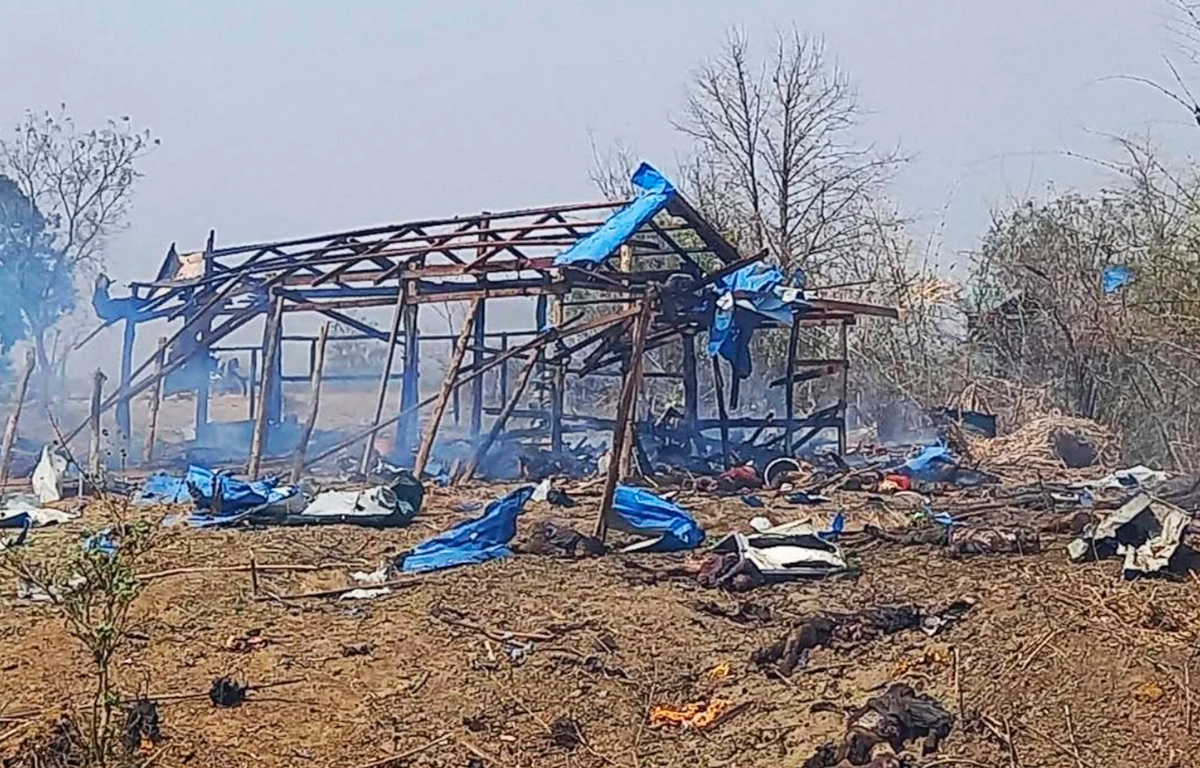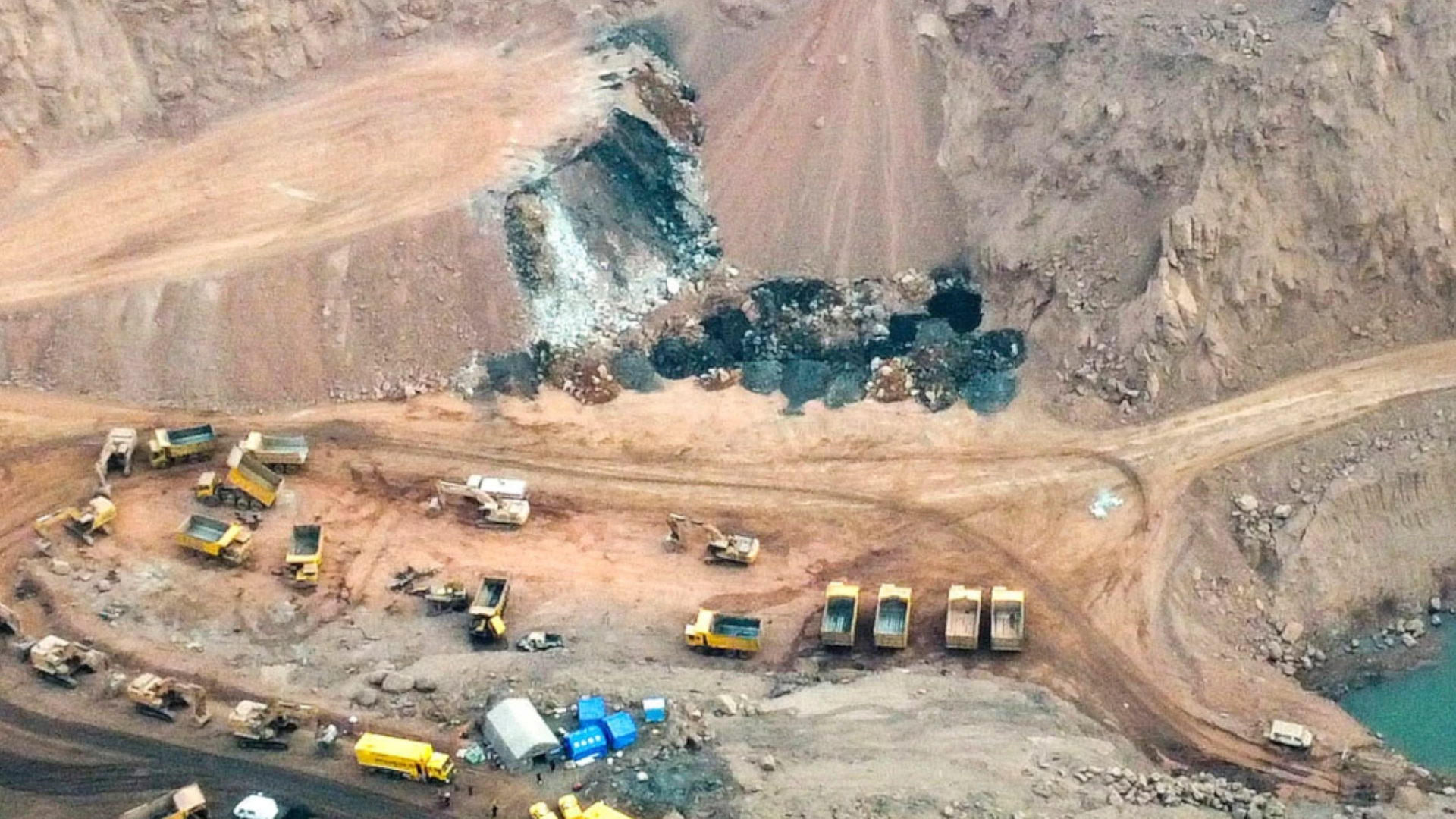
The Asia-Pacific, characterized by vibrant economies and vital sea routes, also bears the weight of territorial disputes and historical tensions. Territorial conflicts in the South China Sea, featuring China, Vietnam, the Philippines, Malaysia, Brunei, and Taiwan, have engendered heightened military activities, sparking concerns about potential escalation. North Korea, with its enigmatic leadership and nuclear capabilities, remains a persistent security concern, as evidenced by recent ballistic missile tests. Moreover, China’s meteoric economic rise and assertive policies have raised concerns about unfair trade practices, intellectual property theft, and cybersecurity threats. Climate change-induced sea-level rise and extreme weather events pose an additional threat, fostering regional cooperation on climate-related challenges.
In response to these multifaceted challenges, the United States and India have undertaken proactive measures. The US has fervently championed a free and open Indo-Pacific, solidifying alliances with nations like Japan, Australia, and South Korea. The Quad, comprising the US, India, Japan, and Australia, has assumed prominence as a strategic platform for discussions pertaining to regional security and economic affairs. India, concurrently, has been extending its strategic reach through its “Act East” policy. It has strengthened ties with ASEAN nations, invested in infrastructure projects, and bolstered its naval capabilities. The recent inking of the Basic Exchange and Cooperation Agreement (BECA) with the US has further improved interoperability between their armed forces.
China, perceiving itself as an ascendant global power, has keenly observed these developments, responding through a multifaceted approach. Diplomatically, China has exhibited assertiveness while also fostering economic partnerships, exemplified by the Belt and Road Initiative (BRI) aimed at expanding its regional influence. Militarily, China has continued to modernize, with a particular emphasis on enhancing its naval and missile capabilities, contributing to concerns among neighboring nations and inciting an arms race. Economically, its considerable clout has enabled China to exert significant influence in regional organizations and investment projects, endowing it with substantial leverage in diplomatic negotiations. Moreover, China has actively engaged in multilateral forums such as the Shanghai Cooperation Organization (SCO) and the Regional Comprehensive Economic Partnership (RCEP), reinforcing connections with both allies and potential competitors.
The Asia-Pacific region remains a convoluted geopolitical stage, replete with opportunities and perils. The endeavors of the United States, India, and their alliance network are dedicated to addressing these multifaceted challenges through a combination of diplomatic finesse, economic initiatives, and military preparedness. Simultaneously, China’s responses are instrumental in sculpting the region’s evolving dynamics, rendering it a central focal point in 21st-century global geopolitics. The prospects of the Asia-Pacific hinge on the ability of these nations to discover common ground, effectively manage their disparities, and, above all, foster an environment of peace, stability, and prosperity in the region.










Share this: